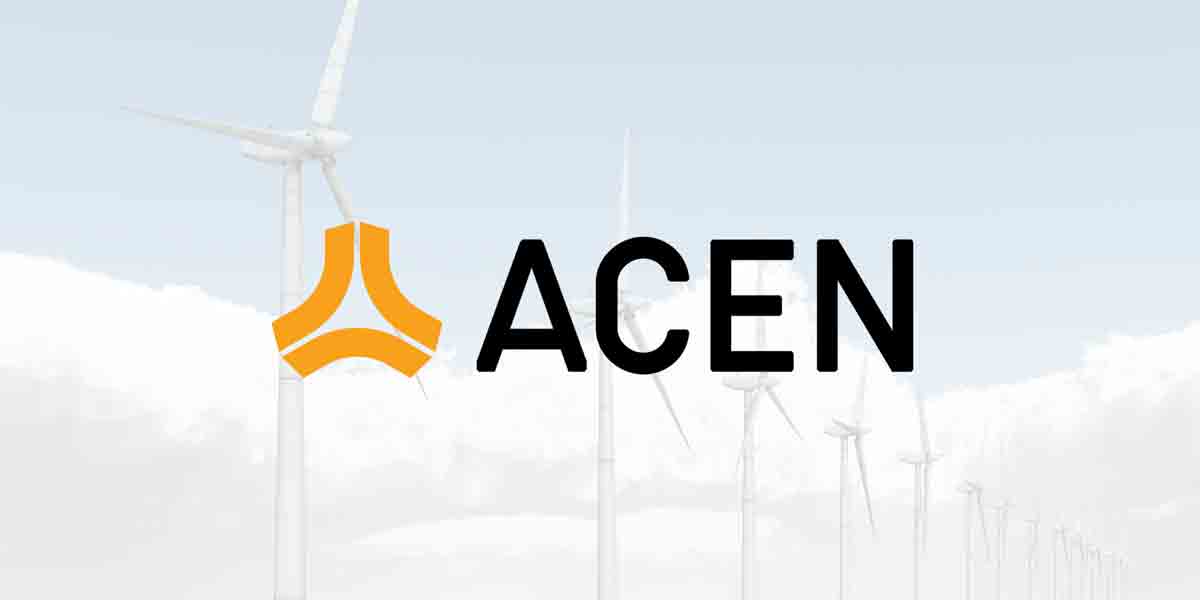By Michael Henry Yusingco, LL.M
The Cha-Cha buzz should inspire us to learn more about our constitution and constitutions in general. Sadly, for most of us this is not a subject we study in school, even though the 1987 Constitution explicitly requires it to be part of the curriculum. But, the truth is, having sufficient knowledge about constitutional principles and prescriptions will serve as well to becoming productive and conscientious citizens.
One peculiar case in the study of constitutions is the Charter of the Association of Southeast Asian Nations (ASEAN Charter) signed by its ten founding members on November 21, 2007. The ASEAN Charter is not the founding document of the association. But it can certainly be considered as the current legal and institutional framework for the ASEAN.
To a certain extent, the ASEAN Charter can be seen as the “constitution” of the organization. Firstly, in the most basic sense that it allocates authority and functions among different institutions within the association. Article 7 for example institutionalizes the ASEAN Summit as the supreme policy-making body of the ASEAN. Article 11 then establishes the Office of the Secretary-General of ASEAN as the Chief Administrative Officer of the association.
Both these offices actually existed before the ASEAN Charter, but now they are given clear mandates and more robust institutional functions. But it is evident as well that the ASEAN Charter does not purport to establish a “three branches of government” type of governance infrastructure, as a normal constitution would.
Moreover, some parts of the ASEAN Charter are couched in constitutional language. A good example is the very first phrase of the Charter—“We, the peoples…”. These words are obviously an attempt to ascribe a constitutive demos behind its promulgation. But further down this line reveals the real constituent power behind the Charter as not the peoples of the Southeast Asian region, but the people of each member country as represented by their respective heads of state.
Indeed, any proposition that the ASEAN Charter can become a constitution, as commonly understood, has to account for a very critical qualification articulated in the Preamble. It is very clear that any understanding of an ASEAN constitutionalism is limited by giving utmost respect to “the fundamental importance of amity and cooperation, and the principles of sovereignty, equality, territorial integrity, non-interference, consensus and unity in diversity”.
This phrase bears the hallmarks, if not the heart, of the ASEAN Way. This clearly means that the sovereignty of each of the member-states has not been overridden by the ASEAN Charter. Furthermore, the principle of non-interference has obviously ruled out the elevation of the ASEAN to a supra-national status that would function as the central body governing over the region and the ten member-states.
Over the years, much of criticism levelled at ASEAN is over its principles of consensus and of non-interference with the internal affairs of the member-states. It can be argued however, these traditions are actually the reasons for ASEAN’s resilience. This is beautifully illustrated in the ASEAN emblem where ten golden padi rice stalks, representing the member countries, are bound together.
While the padi stalks are cut at the top and the bottom in a straight line, emphasizing equality of the ten member states, upon closer inspection, some are actually longer than the others, meaning the stalks are to grow independently as each stalk sees fit, conveying the sovereignty of each state. But together, bound in a sheaf, the stalks are stronger and move as one, withstanding the elements.
This exercise in understanding the ASEAN Charter is critical for us due to the importance of ASEAN in finding a peaceful and viable resolution to our troubles in the West Philippine Sea. Hopefully, this small effort can inspire further study of the benefits and perils of utilizing the ASEAN as our platform for implementing the “friend to all, enemy to none” foreign policy.





















